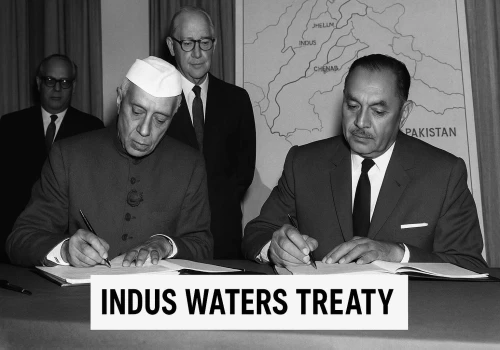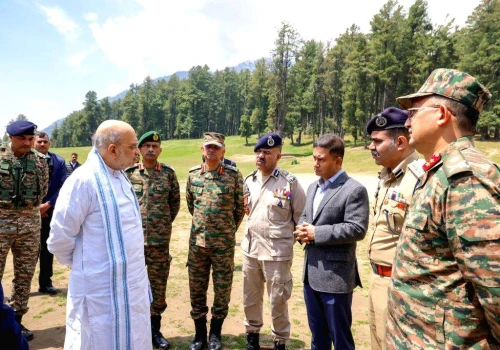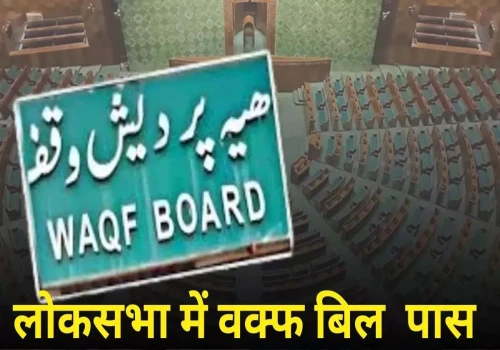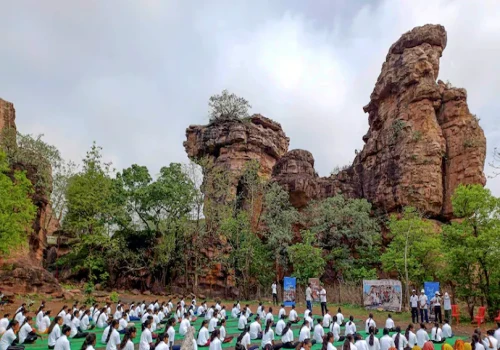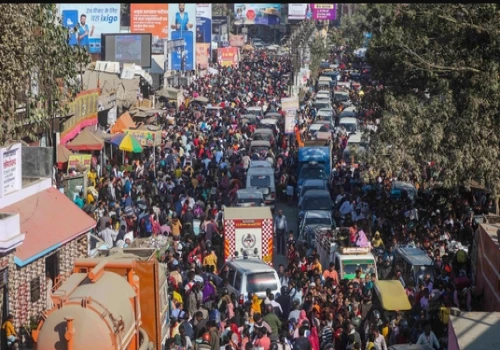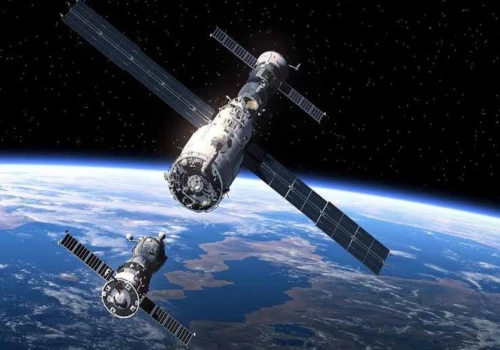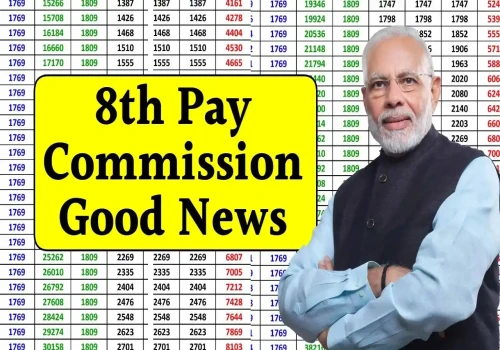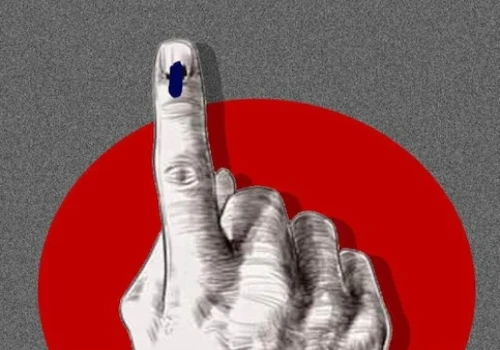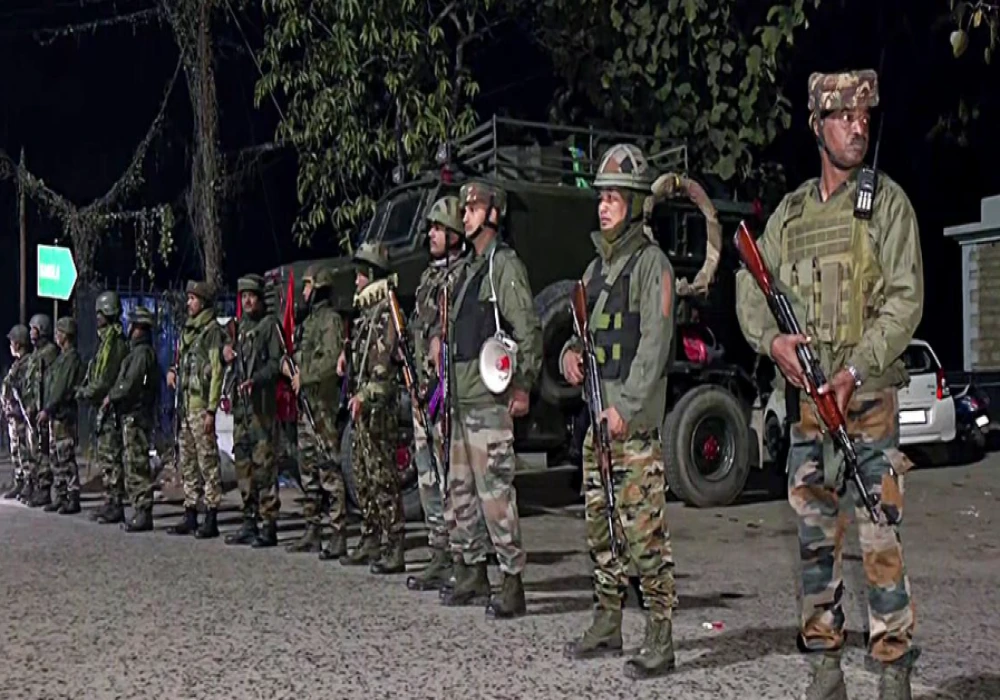
When Can President’s Rule Be Imposed?
In India, President’s Rule refers to the imposition of direct governance by the central government in a state. It is a constitutional mechanism under Article 356 of the Indian Constitution, which empowers the President to dissolve or suspend the state government when it is unable to function in accordance with constitutional provisions. But when can President’s Rule be imposed? What are the conditions and legal interpretations surrounding it? And what are the key lessons from the ongoing case of Manipur?
Conditions for Imposing President’s Rule
According to Article 356, President’s Rule can be imposed when the President is satisfied that the government in a state cannot be carried on according to the provisions of the Constitution. This typically occurs when:
- Failure of the Constitutional Machinery: This refers to the situation where the government in a state cannot maintain law and order or carry out its duties as prescribed under the Constitution. A breakdown of the governance system or political instability could be grounds for this imposition.
- Dissolution of the State Legislative Assembly: If the state assembly is dissolved or suspended, and no alternative government is formed, the central government may step in.
- Recommendations from the Governor: Often, the imposition of President’s Rule is preceded by a recommendation from the Governor of the state. This recommendation is based on the Governor’s assessment of the situation in the state.
The Manipur Case: A Crucial Example
The case of Manipur has brought the issue of President’s Rule to the forefront. In May 2023, Manipur was plagued by ethnic violence between the Meitei and Kuki communities, leading to widespread unrest and lawlessness. The state government, headed by Chief Minister N. Biren Singh, struggled to restore peace, leading to mounting calls for President’s Rule. However, despite the gravity of the situation, the imposition of President’s Rule did not happen immediately.
The state government sought to maintain control, but the violence worsened, with several districts under curfew, and the situation rapidly deteriorating. This prompted the suspension of the state’s legislative assembly as a temporary measure. The decision to keep the Manipur Assembly in suspended animation effectively meant that the political leadership had failed to maintain the governance structure required by the Constitution.
Constitutional Provisions and Court Rulings
The Constitution allows for the imposition of President’s Rule when the government in the state fails to function properly. However, the courts have clarified the limits of this power. The Supreme Court, in its landmark judgment in the S.R. Bommai vs. Union of India case (1994), held that the President’s Rule must be imposed only as a last resort. The judgment emphasized that the imposition of Article 356 must be based on objective facts and not political motivations. The ruling also stipulated that any such decision could be judicially reviewed.
The Manipur situation, while tragic, highlights the complex nature of governance under such circumstances. The Supreme Court’s ruling in Bommai requires the central government to show that the state's inability to govern is not just a temporary problem but a failure of the constitutional machinery, justifying intervention.
What Does the Bommai Judgment Signal?
The Bommai judgment stands as a critical reference point in understanding the limits of executive power under President’s Rule. It signaled that this power must not be used to dissolve democratically elected governments, unless there is an unequivocal breakdown of constitutional machinery. The judgment also established that the courts have the jurisdiction to review the imposition of President’s Rule, ensuring that it is not done arbitrarily or for political expediency.
In the case of Manipur, despite the extreme nature of the violence and political instability, there are arguments that the government should have been given a longer chance to resolve the issues through dialogue and internal mechanisms. The suspension of the assembly has raised questions on the extent to which the central government can interfere in state affairs, particularly when the state has a democratically elected government in place.
As per the Bommai judgment, while the President’s Rule is a necessary constitutional measure, it must not be misused for political gains and should always adhere to the principle of federalism. The case also serves as a reminder that such a drastic step should be a last resort, aimed at restoring order, and not a substitute for a functioning state government.

_500_x_350.webp)
 (1)_500_x_350.webp)
